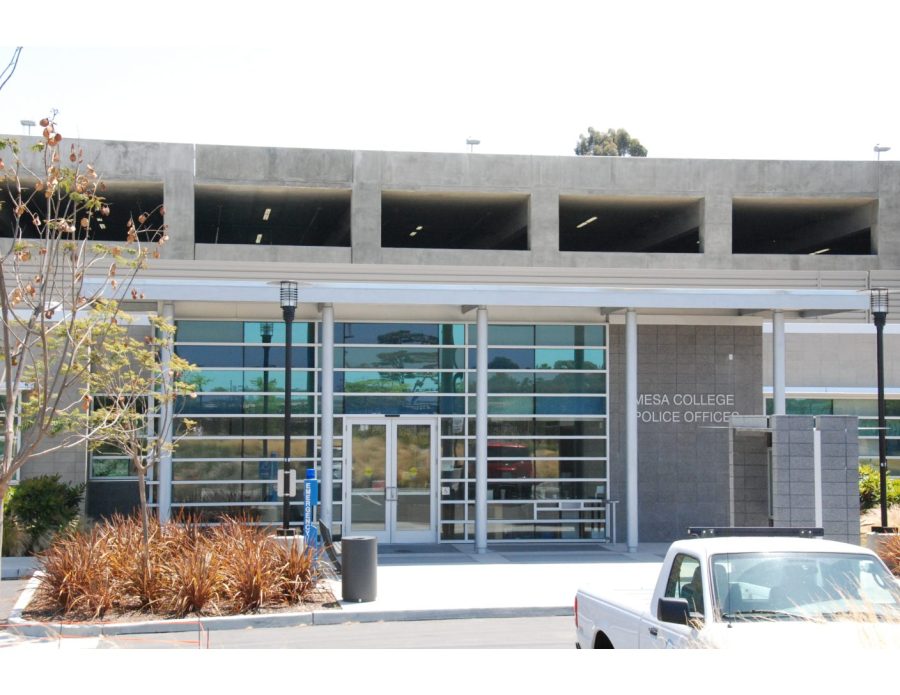The SDCCD Board of Trustees discussed the de-escalation efforts and other improvements that district police have promised to make at a special meeting on May 22.
Pegah Motaleb, an English professor at Mesa college, mentioned a book that her AFT social justice committee read. It was titled, “We Do This ‘Til We Free Us,” by Mariame Kaba.
She said, “It’s a book that taught us about the history of policing and how the entire institution of policing in this country stems from the times of slavery. On a daily basis, the slaves were terrorized by plantation overseers, and today in our society, especially in communities where predominantly people of color reside, they are terrorized by police officers.
Motaleb went on to discuss the reasons that the police have been called to action; that being signs that the needs of students are not being met. She expressed that the community’s resources need to be focused more on providing students with basic needs and mental healthcare.
Jennifer Frost Moreno, a Chicano studies professor, agreed with much of what Motaleb said.
“Spending precious budget dollars on arming campus police with tasers is not only irresponsible. It is reactionary and hostile towards communities of color of whom this decision will impact most,” she said. “Continuing to arm campus police is not the answer. How can we effectively lead our students if we are only leading them with decisions rooted in fear?”
Interim Chancellor Gregory Smith said, “The way that students engage here with law enforcement, with public safety, can help them understand a different model than what they may have experienced in the past.”
Some of the de-escalation efforts that the campus police are using include wearing a more casual uniform that will appear less intimidating than an officer in full uniform. They are also starting a cadet program that will provide students on campus with a sense of security for those who feel that campus needs more safety measures.
The cadet program is made up of college students that assist with communications, traffic control, escorting students to their cars, and additional services. The use of students in the security of the college campuses is crucial to comfort those who felt that the police have too much presence on campus.
Mental health clinicians are also going to be used alongside SDCCD police in order to evaluate someone who is being reported as unwell. These clinicians don’t report to the police but to Student Services.
They are considering using a film that when layered on glass can prevent destruction and bullets. They are taking into consideration the effects of officers carrying tasers– mentioning that they can still be lethal at times, depending on how they are being used, and the threatening appearance that it adds to an officer’s belt.
They are encouraging officers to participate in community activities in order to familiarize themselves with the campus, faculty, and students.
When interviewing potential candidates to be an officer on a college campus they turn away those who lack the training or mindset to be an educator. Officers on campus are very different from municipal officers, They must understand where they are and who they are protecting. Their goal is to educate as well as protect.


